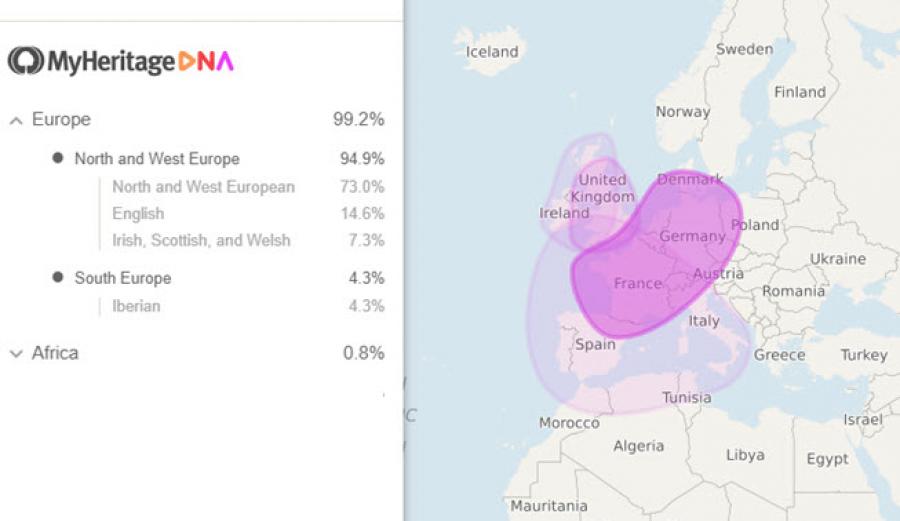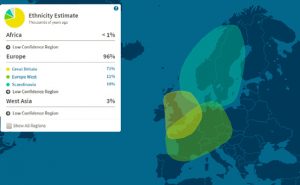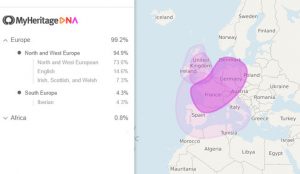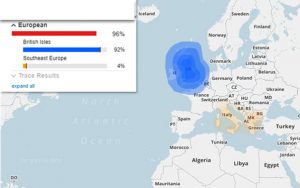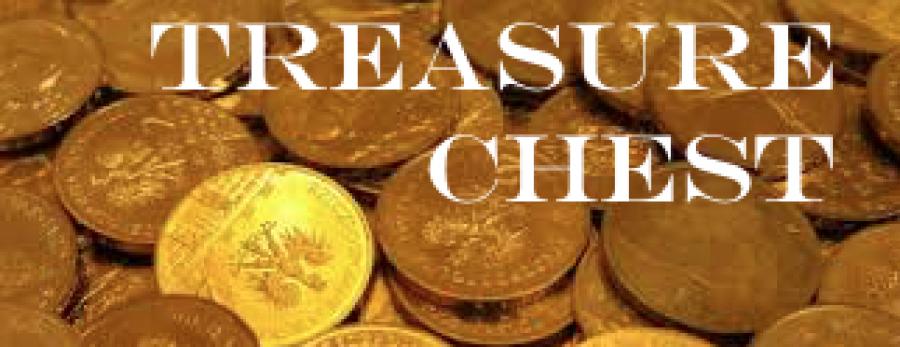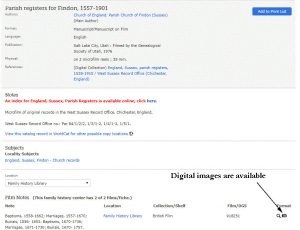What to do with things
A new exhibition opens at Museum Victoria's Immigration Museum on 25 November - British Migrants: Instant Australians? Leading up to this, as part of the Seniors Festival this month, the GSV in conjunction with the Museum is presenting Ten Pound Poms on Friday 20 Oct. You can find more about that event here: Ten Pound Poms
The Museum's exhibition will draw on stories and material that have been donated by a number of British immigrant families. The background to the collection of material by one of these British immigrant families was told in Ancestor journal 31:6 June 2013 and an abridged version is re-published below.
***
What to do with things
By Bill Barlow
I have never said ‘no’ to the paperwork, photos and bric-a-brac left homeless upon the death of family members. Objects recently inherited include carved figurines, non-working watches, badges, uniforms, lace, grandfather’s chisels, travel chests, and a six-foot, handmade, reflecting telescope! What should I do with this accumulating stuff?
Documents and photos can be reasonably managed. But objects, especially large ones, present more difficulty. Do they go 'straight to the poolroom', the op shop, the museum or the bin? What can they tell us and how do we record this? Often there is an undue haste to throw out objects after a family death. This urge should be resisted. Our inherited objects can give us insights into our ancestors as well as much pleasure.
Family objects should be catalogued. Documenting an object gives it meaning and may elicit oral history. The Small Museums Cataloguing Manual (Museums Australia Victoria 2009) is a useful guide. They should be listed, described and labelled much as would be done in a small museum. Their provenance and significance needs to be recorded. This should be done before any decision is made about their disposal. The register of family objects can be a simple spreadsheet (MS Excel) with columns for:
- Item control number – a unique, sortable number.
- Title: an identifying phrase. You can use the Australian Pictorial Thesaurus (https://www.vocabularyserver.com/apt/).
- Description: a physical description, shape, dimensions, materials, colours, inscriptions, damage.
- Date: the (possible) creation date.
- Provenance: previous owners and dates.
- Date of accessioning: the date of recording.
- Comments: related items, photographs, disposal history.
Having recorded your family objects, are you going to keep them? If so, where, and for how long? Are they valuable? Are they fragile and need protection or are they dangerous (a gun)? Would your children want them? Are the objects beautiful, useful or interesting? Should you sell them? Are they of wider community significance? Would family members be upset if you disposed of them? Have you got the space? Or the time! This calls for consideration of your collecting policy. Other than useful or beautiful items, my objective is to only keep items to record their family-related history, and then to arrange for their disposal, or donation to other suitable archives.
[caption id="attachment_1358" align="aligncenter" width="417"]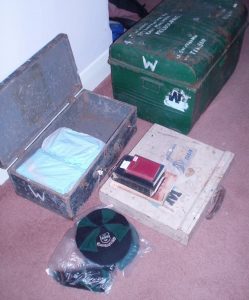
Items being sorted as part of Ward-Barlow collection as they became known. (Photo. W. Barlow)[/caption]
With the death of my mother-in-law we inherited battered tin trunks, books on nursing, travel diaries, letters, luggage labels, ship menus, and other things from her family’s emigration to Australia under the Bring out a Briton scheme. This material seemed likely to be of interest for Museum Victoria’s immigration collection. Having catalogued and photographed the items, I wrote offering them to the Museum. The Museum was interested and upon delivery I was amused to see them instantly become items of cultural value, lifted carefully with gloves, wrapped in plastic, and put in a freezer to kill bugs. Later I became a volunteer at the Museum helping to catalogue ‘this important collection of 1960s material relating to the Bring Out a Briton campaign’
[caption id="attachment_1357" align="aligncenter" width="411"]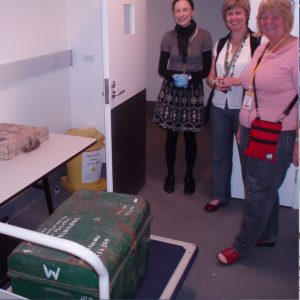
Delivery of items to the Museum. Marita Dyson, Asst. Collections Manager, Dr Moya McFadzean, Senior Curator Migration, MV and the donor, Jen Barlow (Ward), February 2012 (Photo: W. Barlow)[/caption]
You might not realise the cultural value of those things your family has kept, so as well as collecting stories about your family you should give attention to the things they have treasured and passed down.
***
This abridged article was previously published in Fifty-Plus News, September 2013.
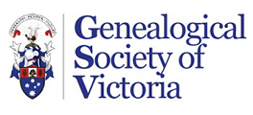

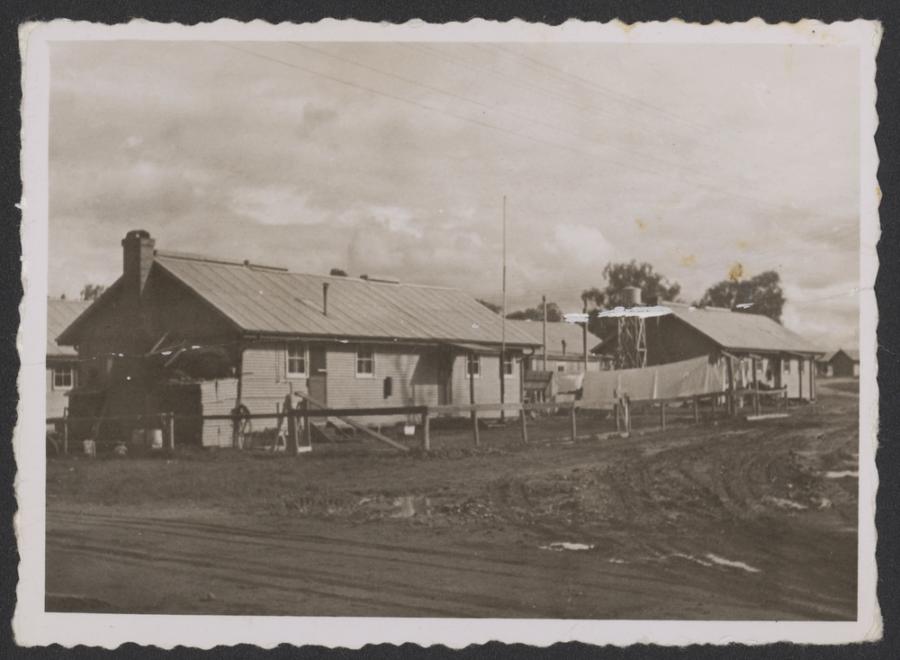
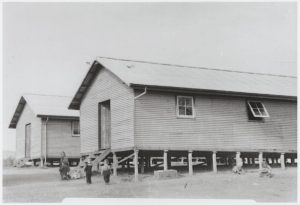 Bonegilla August 1949 (Photo. Nandor Jenes / SLV Pictures H2002.16)
Bonegilla August 1949 (Photo. Nandor Jenes / SLV Pictures H2002.16)
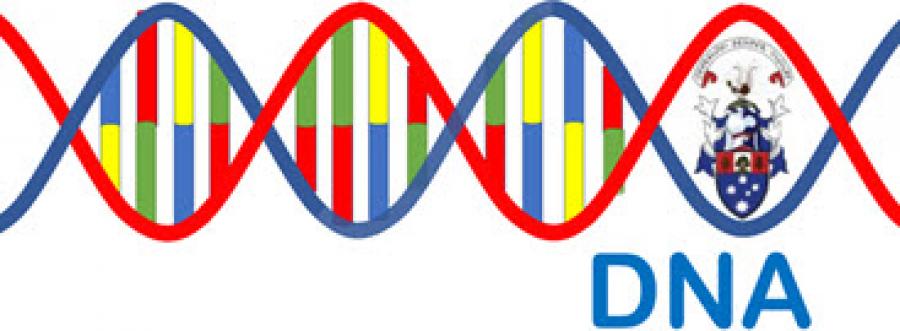
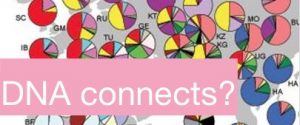
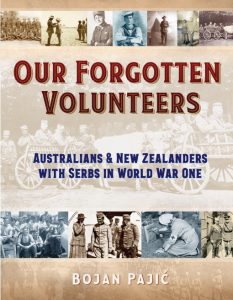 The GSV has been assisting Bojan Pajic to trace and contact descendants and relatives of Australians and New Zealanders who served in Serbia or alongside the Serbian Army on the Salonika Front and nearby seas in World War One. Over 100 have been identified and contacted.
The GSV has been assisting Bojan Pajic to trace and contact descendants and relatives of Australians and New Zealanders who served in Serbia or alongside the Serbian Army on the Salonika Front and nearby seas in World War One. Over 100 have been identified and contacted.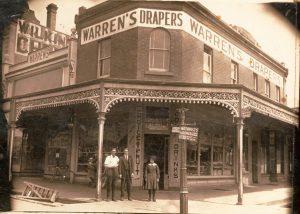 Whay family fruiterer and refreshment rooms, High St, Maryborough, c.1918-1922 (Courtesy R. Ansell)
Whay family fruiterer and refreshment rooms, High St, Maryborough, c.1918-1922 (Courtesy R. Ansell)
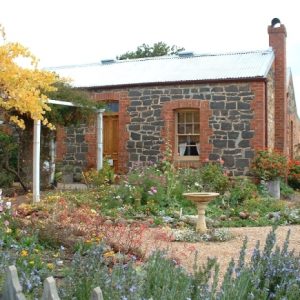 Worsley Cottage, Maryborough Midlands Historical Society
Worsley Cottage, Maryborough Midlands Historical Society
 Since 2000 a team of GSV volunteers has been compiling a searchable database of the names and details of patients who were in the Melbourne Hospital (now The Royal Melbourne Hospital) from 1855 to 1909.
Since 2000 a team of GSV volunteers has been compiling a searchable database of the names and details of patients who were in the Melbourne Hospital (now The Royal Melbourne Hospital) from 1855 to 1909.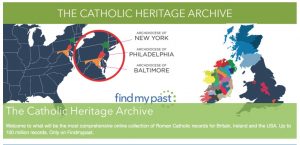 The CHA contains or will contain millions of Irish records*, plus sacramental registers of England, Scotland, and the United States. Records of the archdioceses of New York, Philadelphia (beginning in 1757), and Baltimore contain thirty million records. English records include those of Birmingham and Westminster, both beginning in 1657. Records include baptisms, marriages, deaths and burials, censuses, and more.
The CHA contains or will contain millions of Irish records*, plus sacramental registers of England, Scotland, and the United States. Records of the archdioceses of New York, Philadelphia (beginning in 1757), and Baltimore contain thirty million records. English records include those of Birmingham and Westminster, both beginning in 1657. Records include baptisms, marriages, deaths and burials, censuses, and more.
